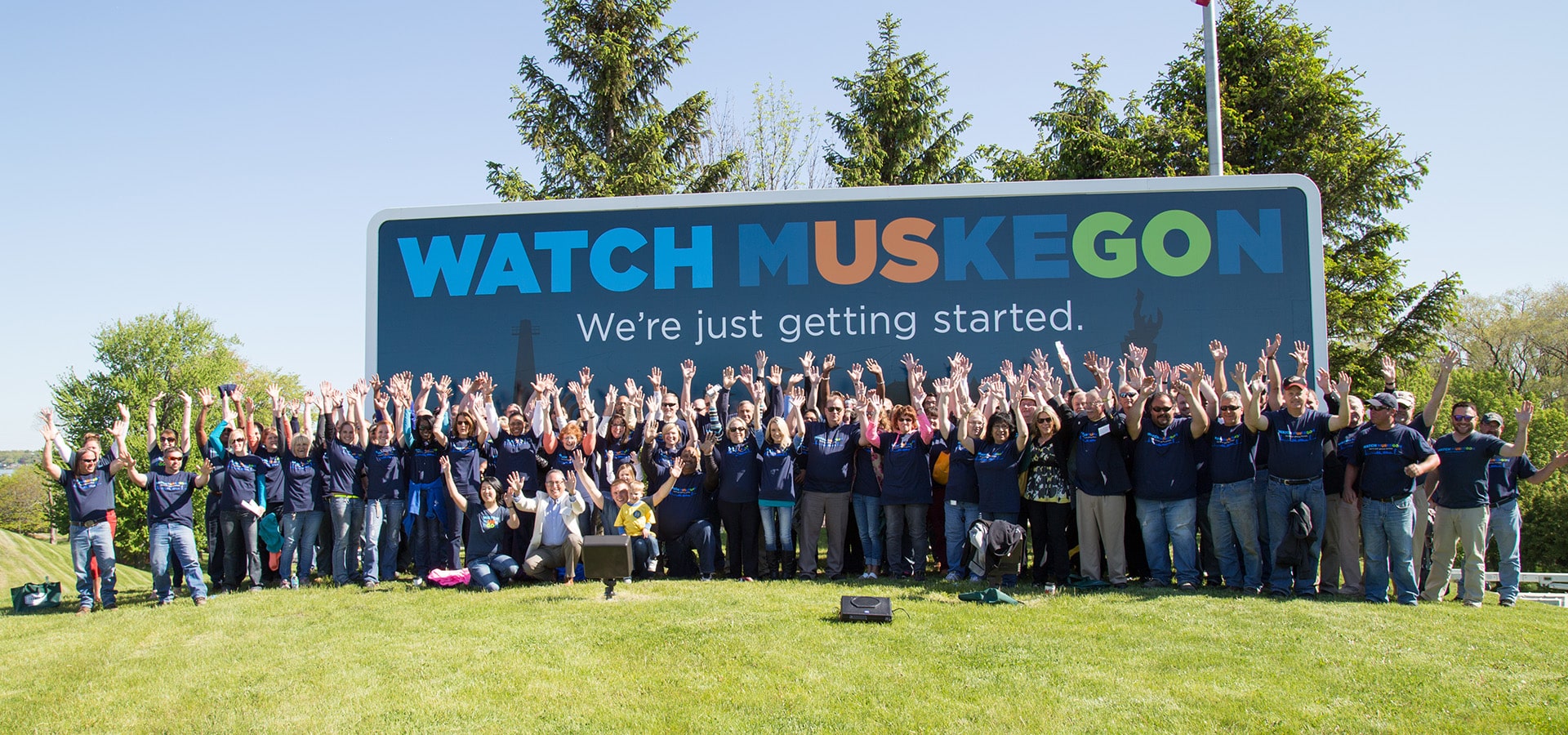What modern marketers can learn from Gillette’s business model.
My Polish/Czechoslovakian genes didn’t bless me with an overabundance of facial hair. Although I’m not going to challenge Grizzly Adams at The World Beard and Moustache Championships, I do require razors to shave my beard on a regular basis. I stopped at the grocery store over the weekend to restock my supply.
There were razors with 3 blades; razors with 5 blades (which I can only assume are better than three); some with exotic features like lubristrips, microfins, microcombs, flexballs, and flexstrips; heated razors; cooling razors; and antifriction blades. It was overwhelming. It took me 15 minutes to pick out the razors I eventually got. The experience underlined the genius of Gillette’s “razor and blade” business model.
The razor and blade model got its name from King Gillette (yes, that’s his real name) and his introduction of safety razors with disposable blades in the early 1900s. The idea behind this model is to sell as many “razors” as possible in order to generate an increasing stream of recurring revenue from “blade” sales over the life of the “razor.” How’d this strategy work out for Gillette? Today, Gillette’s razor blade sales account for approximately 50 percent of the U.S. personal shaving market and more than 750 million men worldwide use their razors every day.
When it comes to marketing, a marketing campaign is like a razor, whereas marketing tactics are the blades. Campaigns come in many shapes and sizes from brand launches and rebrands to event promotions, product launches, and hiring campaigns – just to name a few. They use a variety of tactics, such as traditional media (e.g. – billboards, radio, TV), websites, social media, direct mail, email, online video, and pay-per-click ads. A well-thought-out campaign strategy should drive the tactics that are used and not the other way around.
Successful campaigns have these things in common:
1. Not one and done
Projects have defined endpoints, like launching a website. Campaigns accomplish a specific goal, such as hiring a certain number of employees. It’s rare that a single campaign can accomplish its goal. Committing to ongoing marketing campaigns is key to long-term success.
2. They are revisited regularly
Measuring campaign results to see what worked is a must. Reviewing the performance allows businesses to fine-tune their strategies and improve future results.
3. If it ain’t broke, don’t fix it
If a campaign hits the mark, there’s nothing wrong with going back to the well again. Why wouldn’t a company rerun a direct marketing campaign that delivered dozens of leads? If it worked once, do it again.
Done right, marketing help a business increase awareness, land new customers, drive sales, and even attract new employees. These are all essential ingredients for growing a business.
Marketing campaigns aren’t easy. Like a well-groomed beard, they require constant attention. Instead of jumping into tactics, a good place to start is by creating an overall campaign plan. What good are blades without a razor, after all?











